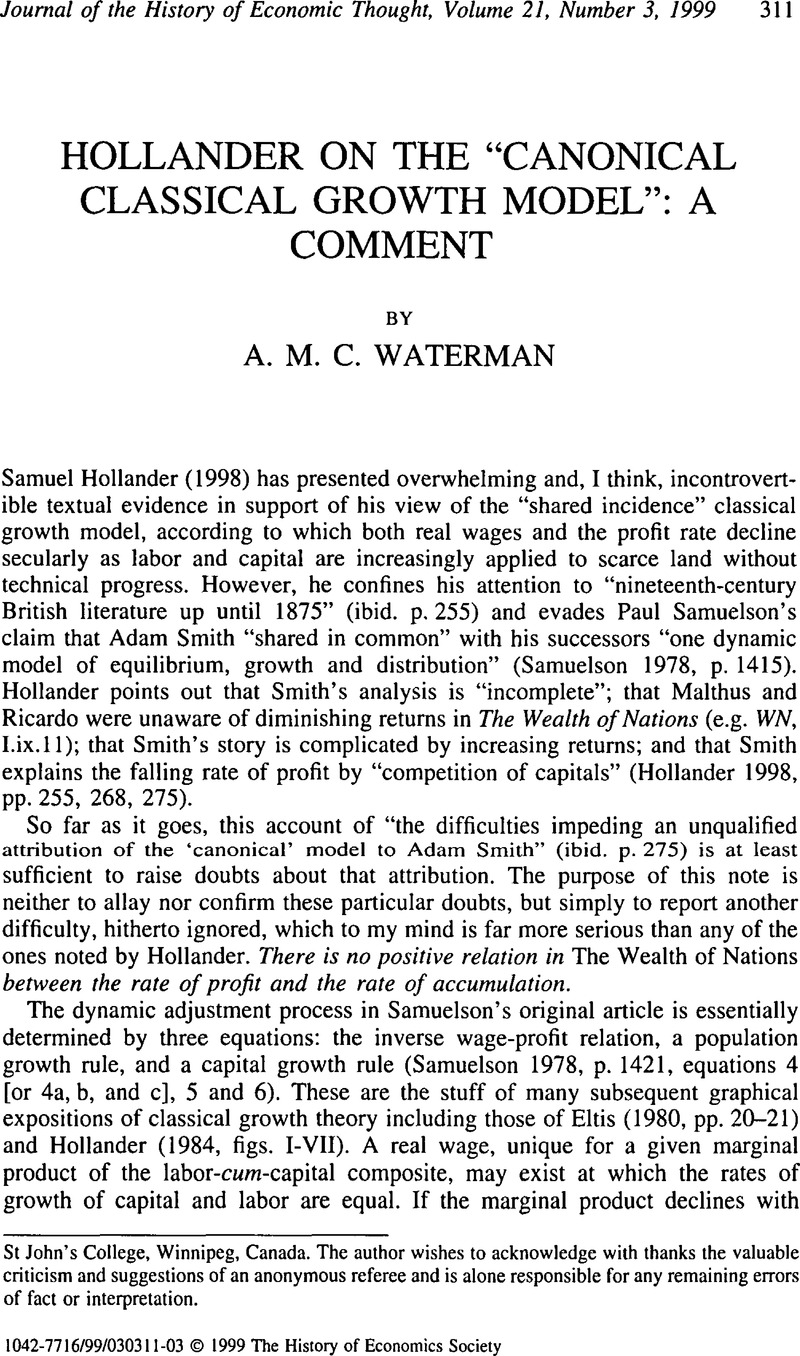Crossref Citations
This article has been cited by the following publications. This list is generated based on data provided by Crossref.
Waterman, A.M.C.
2002.
A Research Annual.
Vol. 20,
Issue. ,
p.
261.
Waterman, A. M. C.
2004.
Political Economy and Christian Theology Since the Enlightenment.
p.
107.
Sihag, Balbir S.
2005.
Kautilya on Public Goods and Taxation.
History of Political Economy,
Vol. 37,
Issue. 4,
p.
723.
Brewer, Anthony
2007.
The Adam Smith Review.
Vol. 20071843,
Issue. ,
Waterman, A. M. C.
2008.
The New Palgrave Dictionary of Economics.
p.
1.
Sihag, Balbir S.
and
Sihag, Balbir S.
2009.
Kautilya on economics as a separate science.
Humanomics,
Vol. 25,
Issue. 1,
p.
8.
WATERMAN, A.M.C.
2013.
“THE MERCHANTS OF CADIZ AND LISBON”: PARSIMONY, THE RATE OF PROFIT, AND ACCUMULATION IN WEALTH OF NATIONS.
Journal of the History of Economic Thought,
Vol. 35,
Issue. 1,
p.
63.
Waterman, A. M. C.
2018.
The New Palgrave Dictionary of Economics.
p.
3732.



